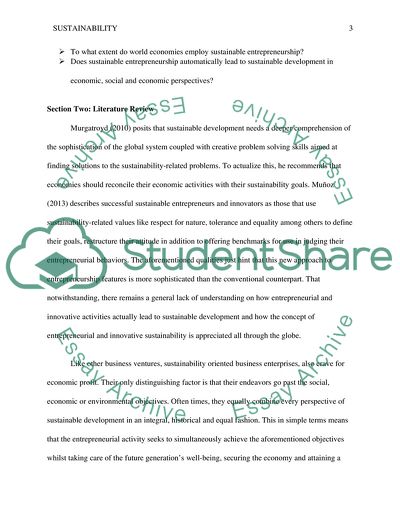Cite this document
(Users as Innovators in the Context of Sustainable Entrepreneurship Research Proposal, n.d.)
Users as Innovators in the Context of Sustainable Entrepreneurship Research Proposal. Retrieved from https://studentshare.org/macro-microeconomics/1876501-users-as-innovators-and-entrepreneurs-in-the-context-of-sustainable-development
Users as Innovators in the Context of Sustainable Entrepreneurship Research Proposal. Retrieved from https://studentshare.org/macro-microeconomics/1876501-users-as-innovators-and-entrepreneurs-in-the-context-of-sustainable-development
(Users As Innovators in the Context of Sustainable Entrepreneurship Research Proposal)
Users As Innovators in the Context of Sustainable Entrepreneurship Research Proposal. https://studentshare.org/macro-microeconomics/1876501-users-as-innovators-and-entrepreneurs-in-the-context-of-sustainable-development.
Users As Innovators in the Context of Sustainable Entrepreneurship Research Proposal. https://studentshare.org/macro-microeconomics/1876501-users-as-innovators-and-entrepreneurs-in-the-context-of-sustainable-development.
“Users As Innovators in the Context of Sustainable Entrepreneurship Research Proposal”, n.d. https://studentshare.org/macro-microeconomics/1876501-users-as-innovators-and-entrepreneurs-in-the-context-of-sustainable-development.


